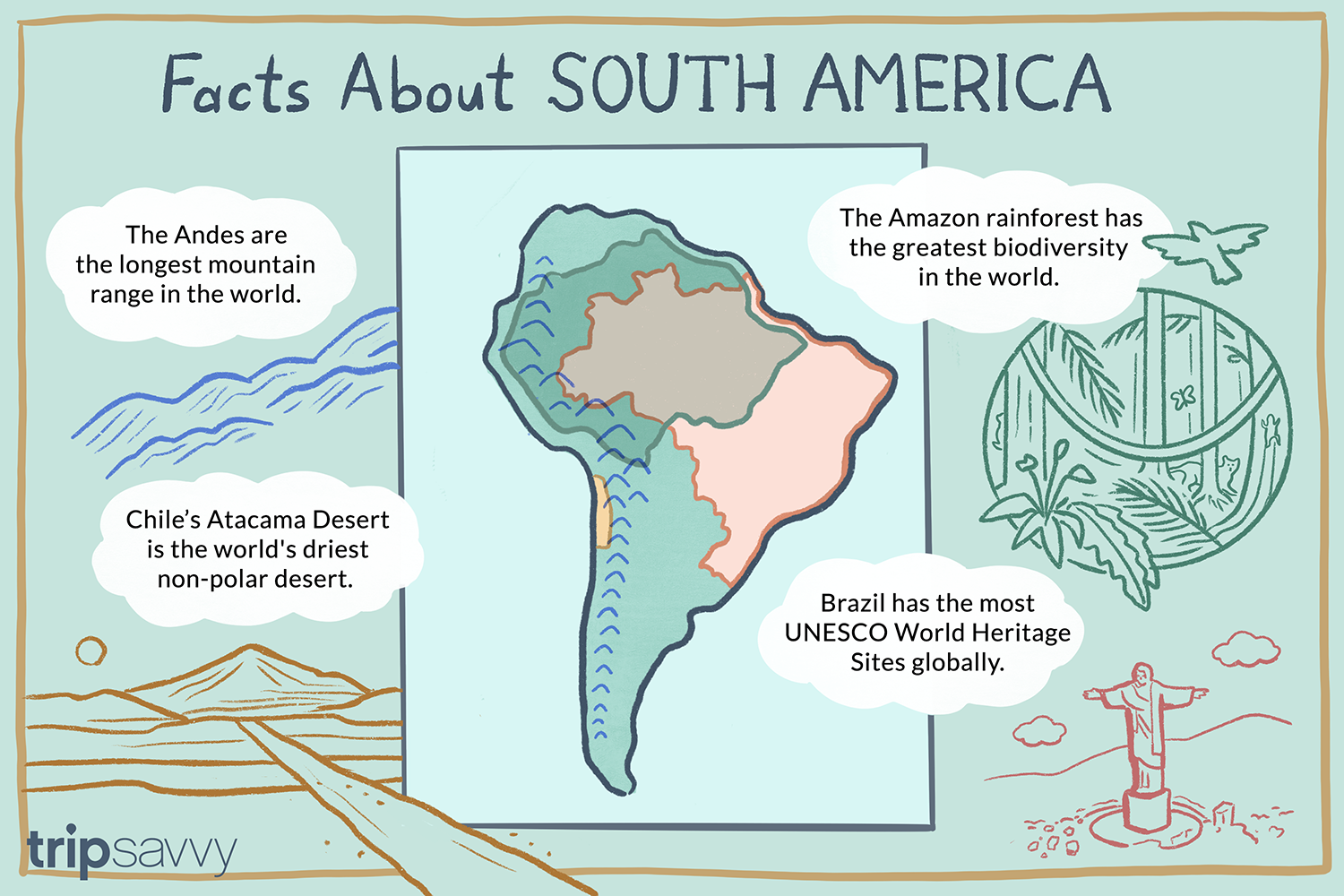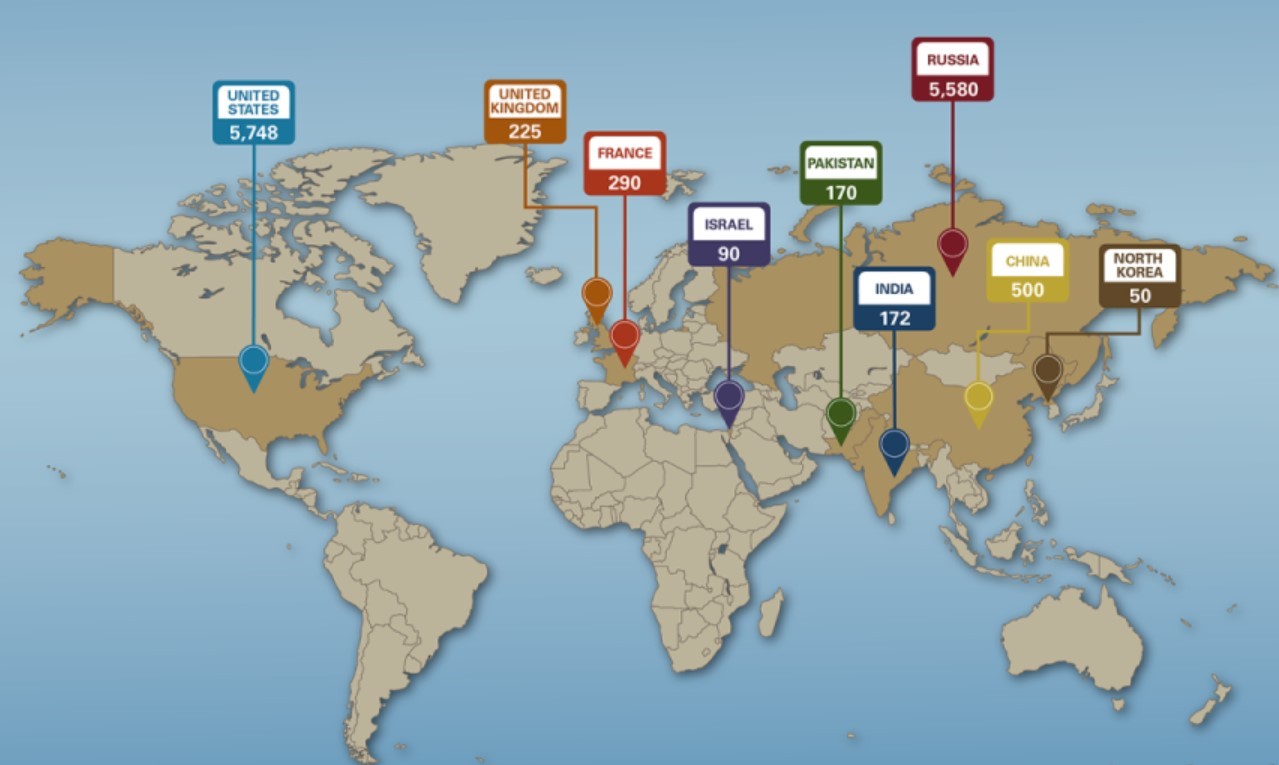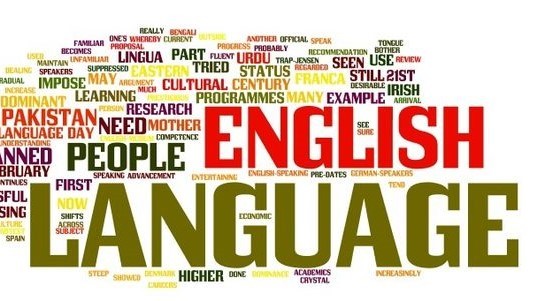How Many Countries Are There In South America
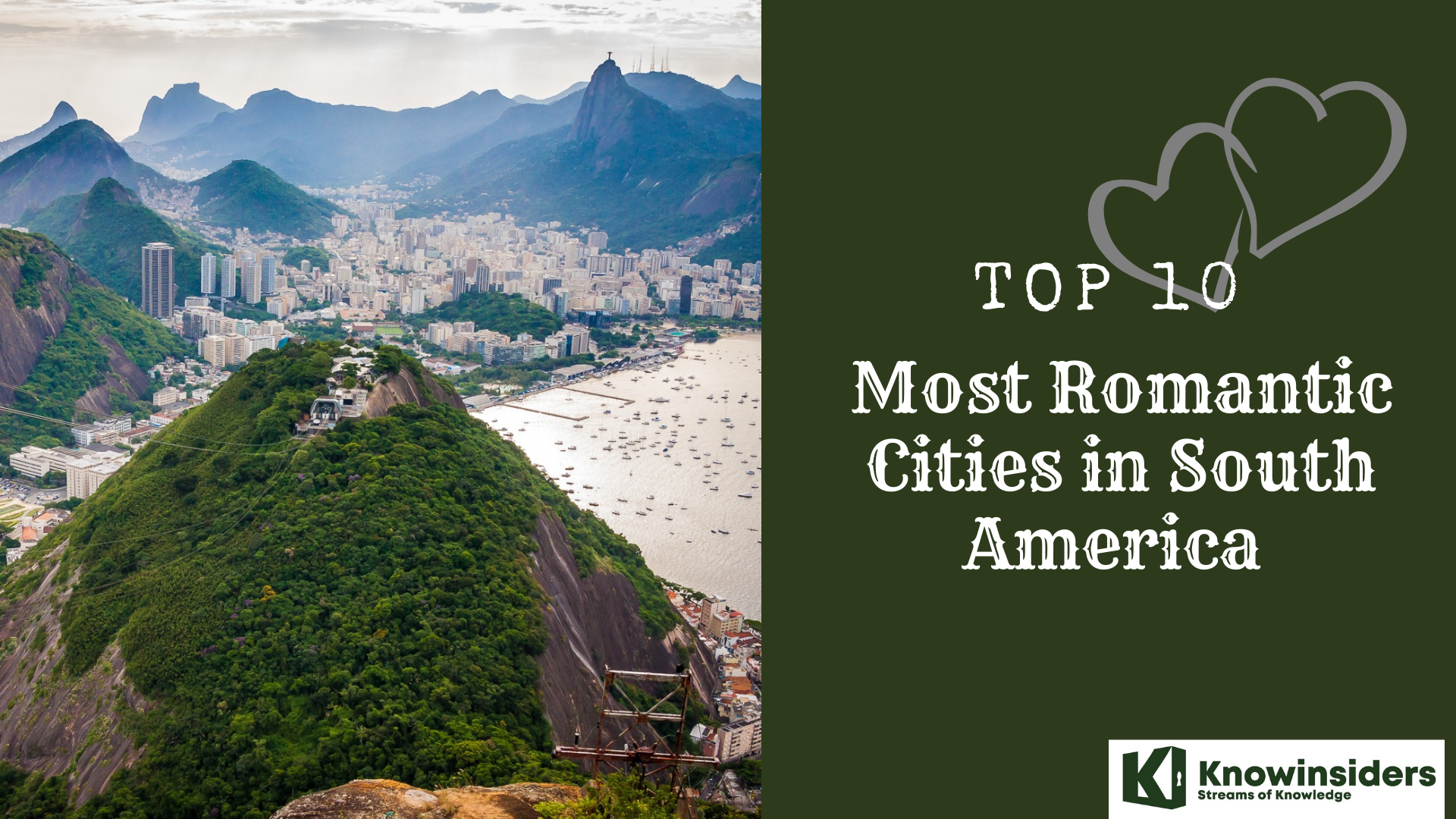 Top 10 Most Romantic Cities in South America Top 10 Most Romantic Cities in South America |
 Who Are The Best And Most Famous South American Footballers Today - Top 10 Who Are The Best And Most Famous South American Footballers Today - Top 10 |
 |
| South America is the fourth largest of the world’s continents. |
| Contents |
Why called South America?
South America is so named because it comprises the entire southern portion of the supercontinent of the Americas.
The name "America" honors Amerigo Vespucci, an Italian explorer who sailed to the New World before any other Europeans. America was first used to refer to South America, but the entire continent eventually adopted the name. Because of their common Iberian ancestry with the rest of South America, the entire region is often referred to as Latin America.
The South American continent is the fourth largest in the world. South America is located in what is known as the New World, the Western Hemisphere, or simply the Americas because it is the southernmost part of this massive continent. Compact and roughly triangular in shape, the continent is widest in the north and narrows to a point in the south (Cape Horn, Chile).The Caribbean Sea lies to its northwest, the Pacific Ocean to its west, the Atlantic Ocean to its east and north, and North America to its northeast. The border between Panama and Colombia is the longest land border between two continents.
South America is home to 12 sovereign nations and 3 self-governing territories. Brazil is the largest country in both land area and population, with more than 52% of the world's total population residing within its borders. Suriname is the smallest sovereign state and the only country in the region where Dutch is an official language.
It is generally agreed that the first people to settle in South America came from Asia and arrived in North America via Siberia during the last (or Wisconsin) ice age. However, after the arrival of Europeans around the year 1500, most of these populations died out or merged with others of European and (especially in Brazil) African descent due to disease and cultural exchange. Although the continent as a whole has become increasingly urbanized and industrialized, the majority of its population still lives on farms. Despite the continent's abundant mineral resources and renewable energy sources, most of the continent's economy remains behind its global counterparts. But the ever-increasing and frequently destructive exploitation of these resources has raised some serious concerns.
Key Facts about South America
*South America contains 12 countries and 2 dependencies.
*Brazil is the largest and most populous county in South America, while the Falkland Islands (Islas Malvinas) is the least populous and smallest.
*More than 433 million people live in South America.
*Peru was the home of the Inca civilization.
Let’s count right below!
| Nationality plates | Country | Capital | Languages | People |
|---|---|---|---|---|
| RA | Argentina | Buenos Aires | Spanish*, English, Italian, German, French | Argentinian, Argentine |
| BOL | Bolivia | Sucre, La Paz (administrative) | Spanish*, Quechua, Aymara, Guarani | Bolivian |
| BR | Brazil | Brasília | Portuguese | Brazilian |
| RCH | Chile | Santiago | Spanish | Chilean |
| CO | Colombia | Santafé de Bogotá | Spanish | Colombian |
| EC | Ecuador | Quito | Spanish*, Quechua | Ecuadorian |
| GUY | Guyana | Georgetown | English | Guyanese |
| PY | Paraguay | Asunción | Spanish*, Guaraní | Paraguayan |
| PE | Peru | Lima | Spanish*, Quéchua*, Aymara | Peruvian |
| SME | Suriname | Paramaribo | Dutch*, Surinamese, English | Surinamese |
| ROU | Uruguay | Montevideo | Spanish | Uruguayan |
| YV | Venezuela | Caracas | Spanish | Venezulean |
South America: 12 Countries But Hundreds of Languages
Even though there are only 12 independent nations in South America, the region is home to a staggering 450 different languages.
Both Spanish and Portuguese have well over 200 million native speakers, making them the most widely spoken languages in the world. Over 5 million people are estimated to speak English, 2 million to speak German, 1.5 million to speak Italian, 1.1 million to speak Arabic, and millions more to speak Chinese, Ukrainian, Japanese, and Dutch.
About 8 million people speak Quechua, 5 million people speak Guarani, and 2.5 million people speak Aymara, all of which are indigenous languages.
What is the Biggest Country in South America?
Brazil is the largest country in terms of both population and land area, covering about 47.3% of the continent. Brazil is one of the world's largest countries and is home to more than 210 million people.
Brazil, the largest South American country, borders all but two others, Chile and Ecuador.
What is the smallest country in South America?
On the other side of the scale, Suriname holds the title as the smallest country in South America, and it is also one of the least densely populated countries in the world.
Suriname has around 568,000 inhabitants and a land area of 163,821 km2 (63,252 sq mi).
Some Indigenous Tribes No Contact with Modern Civilization
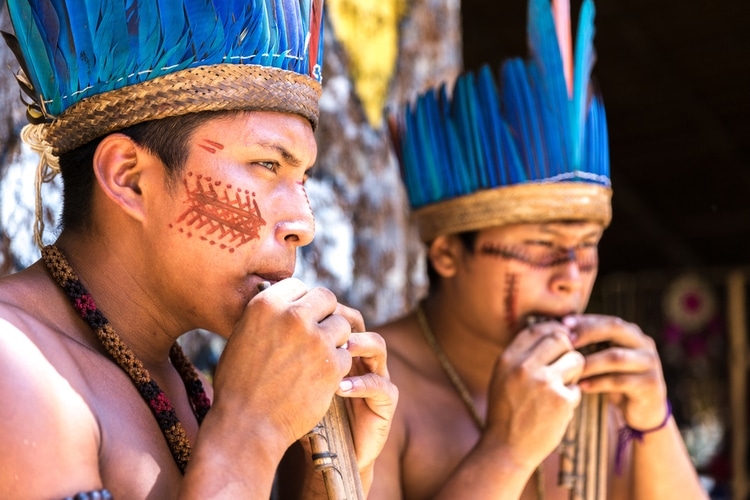 |
| Photo SwedishNomad |
Even though we live in a globalized world, we may find it difficult to accept the possibility that there are still uncontacted indigenous communities.
Some of these native communities have emerged from the Amazon jungle in recent years. Scientists, however, are confident that additional tribes exist, and that they are merely concealed deeper in the forest.
You won't find a more fascinating piece of information about South America than this!
Fun Facts about South America
-Brazilians are the most frequent internet users on the continent It was named after the Italian explorer Amerigo Vespucci -South Americans are famous for their beauty -Maria and Gabriel are the most common names in South America -The guinea pig is a delicacy in Ecuador, Bolivia, and Peru -About 90% of the South American population consider themselves to be Christians, and over 80% are Roman Catholics. |
What Are the 12 Countries of South America?
1.Argentina
The southern half of South America, where Argentina sits, is bordered by the Pacific Ocean to the west and Chile to the east. The northern Andes, the central Pampas, and the southern Patagonia make up the country's four distinct regions. There are more than 45 million people in Argentina, and almost all of them reside in urban areas.
Buenos Aires, the capital, is also the largest city in Argentina. There are over 13 million people living in the metro area. The northern half of Argentina is home to the vast majority of the country's people. Although Spanish is the official language, more than half of Argentina's population can trace their ancestry back to Italy.
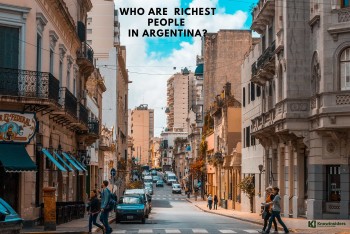 The Full List of Billionaires In Argentina 2023 - Who Are The Richest People In Argentina? The Full List of Billionaires In Argentina 2023 - Who Are The Richest People In Argentina? |
2.Bolivia
Centrally located in South America is the landlocked country of Bolivia. There are three distinct regions in the country: the tropical lowlands, the valleys, and the highlands of the Alto Plano. Roughly 11 million people call Bolivia home. The indigenous population makes up more than half of the total, while the rest are either of mixed or European descent.
Although Spanish is widely spoken and understood, indigenous Quechua and Aymara are also widely spoken and understood. The unfortunate title of "poorest country in South America" goes to Bolivia.
3.Brazil
The South American country of Brazil is the continent's largest. The Amazon Rainforest is primarily located there. Brazil also boasts the largest population in all of South America. Brazil is home to more than 212 million people. Urban areas are home to the vast majority of the population. There is a concentration of major Brazilian cities along the coast.
Sao Paulo, Brazil's largest city, is home to over 10 million people.
Since Brazil was once a Portuguese colony, Portuguese is the official language, though the Portuguese spoken there is very different from that spoken in Portugal.
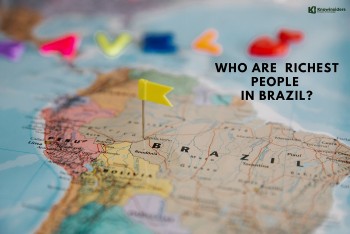 The Full List of Brazilian Billionaires - Who Are The Richest People In Brazil? The Full List of Brazilian Billionaires - Who Are The Richest People In Brazil? |
4.Chile
Chile occupies much of the western coast of the southern half of South America. The country is exceptionally long from north to south but narrow from east to west, giving it a singular shape. There are about 19 million people living in the country, and almost all of them call a city home.
The northern half of Chile is where the vast majority of Chileans live. Santiago, the capital, is home to more than 4 million people, or about 20% of Chile's total population. Some argue that Chile is the most secure and prosperous nation in all of South America.
5.Colombia
Colombia occupies much of the continent's northwest. There are six distinct ecological zones in the country: the Amazon Basin, the Pacific coast, the Caribbean coast, the Lianos plains, and the Pacific coast. Over 51 million people call Colombia home. Bogota, the capital, is the largest city with a population of over 7 million people.
The majority of Colombians live along the Caribbean coast and in the Andean region. After Mexico and the United States, Colombia is home to the world's third-largest Spanish-speaking population.
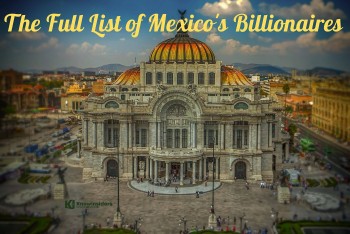 The Full List of Mexico's Billionaires In 2023 - Who Are The Richest People In Mexico? The Full List of Mexico's Billionaires In 2023 - Who Are The Richest People In Mexico? |
6.Ecuador
The equator is called "Ecuador" in Spanish. Indeed, the equator runs right through this Pacific-side country in northwest South America. There are three very different parts of Ecuador. The Sierra Nevada range in California is one example of this. The second is the jungle-filled eastern region known as Oriente. Lastly, we have the coastal plains. Ecuador also administers the Galapagos Islands, which lie to the west of the mainland.
In the 19th century, Charles Darwin visited these islands. His time spent there influenced the development of his Theory of Evolution. Nearly two-thirds of Ecuador's current population of nearly 18 million now resides in urban areas.
7.Guyana
Guyana is located on the northern Atlantic coast of South America. Guyana’s population is about 789,000. Nearly a third of this population lives in the country’s capital, Georgetown. The two largest ethnic groups are the Indo-Guyanese, who are of Indian descent, and the Afro-Guyanese, who are of African descent.
8.Paraguay
Similarly to Bolivia, Paraguay lacks an oceanic coastline. The majority of its seven million people live in cities. Asuncion is the capital and largest city of Paraguay. Although most Paraguayans are of mixed ancestry, the Guarani are the country's most numerous indigenous people.
The economy of Paraguay is still in its early stages of growth. Agriculture accounts for the lion's share of economic activity. Hydroelectric resources are another area where Paraguay excels.
9.Peru
Peru is in the northern half of South America, on the Pacific coast. The Andes Mountains, the coast, and the Amazon Rainforest make up the country's three main biomes.
More than 80% of Peru's over 33 million people reside in urban areas. Lima, the capital, is the most populous city with a population of about 7.7 million.
Although Spanish is the most common tongue spoken in Bolivia, many people also speak Quechua and Aymara, two indigenous languages. The Inca civilization, whose origins date back to before the arrival of Europeans in Peru, spoke a language called Quechua. The country is home to many Inca ruins, the most famous of which is Machu Picchu.
10.Suriname
Approximately 590,000 people call the Atlantic coast of Suriname home. More than 40% of Surinam's population calls Paramaribo, the coastal capital, home. About a third of the population is Creoles, who are of mixed European and African descent, and another third is of East Indian descent. The rest of the population is largely made up of immigrants from Indonesia and Africa.
11.Uruguay
The tiny country of Uruguay can be found on the Atlantic coast of southern South America. It is between its northern neighbor Brazil and its western neighbor Argentina. There are about 3.5 million people living in the country. About one-third of the population of Uruguay resides in the city of Montevideo.
Most Uruguayans trace their roots to Western Europe. The export of beef is particularly important to Uruguay's economy.
12.Venezuela
The country of Venezuela occupies a northern part of South America, on the Caribbean Sea. The northeastern lowlands of Maracaibo, the northern mountains, the central Orinoco plains, and the southeastern highlands of Guiana make up the country's four distinct regions. An estimated 28 million people call a city home in Venezuela.
The country's capital, Caracas, also happens to be its largest city, with a population of about 3 million people. The majority of Venezuelans live in the country's northern regions. It is common knowledge that Venezuela has extensive oil reserves.
 Top 15+ Most Beautiful Women in Venezuela - Updated 2023 Top 15+ Most Beautiful Women in Venezuela - Updated 2023 |
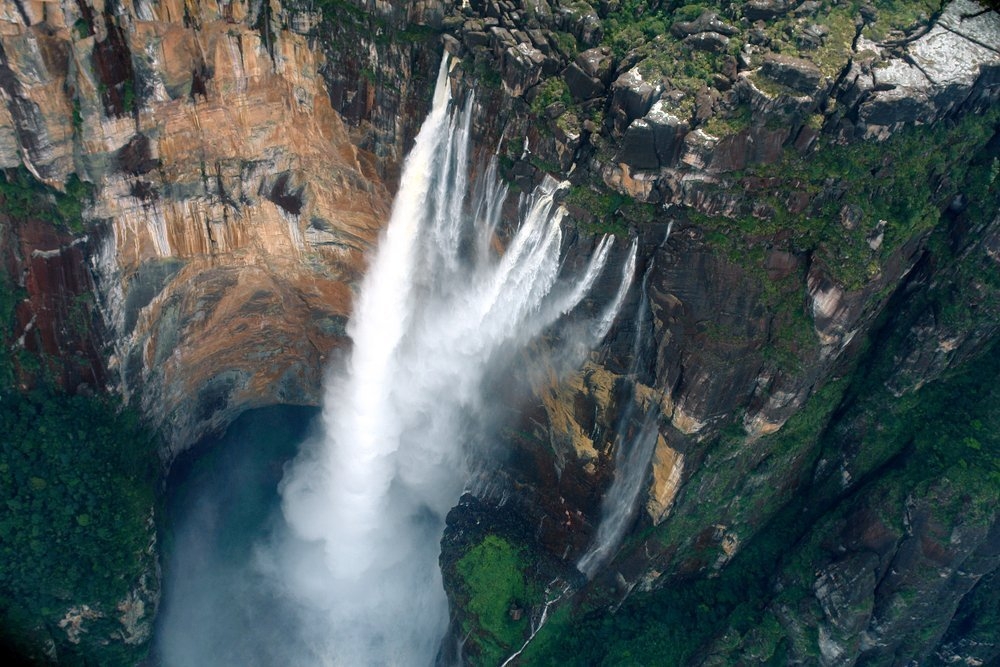 |
| Photo SwedishNomad |
The tallest waterfall
South America is home to the tallest waterfall in the world, the Angel Falls, also referred to by its indigenous name Kerepakupai Merú. The 979 m (over 3,000 ft) high waterfall lies in the Venezuelan Canaima National Park, a part of Unesco Heritage.
The Amazon Rainforest is the World’s Most Biodiverse Place
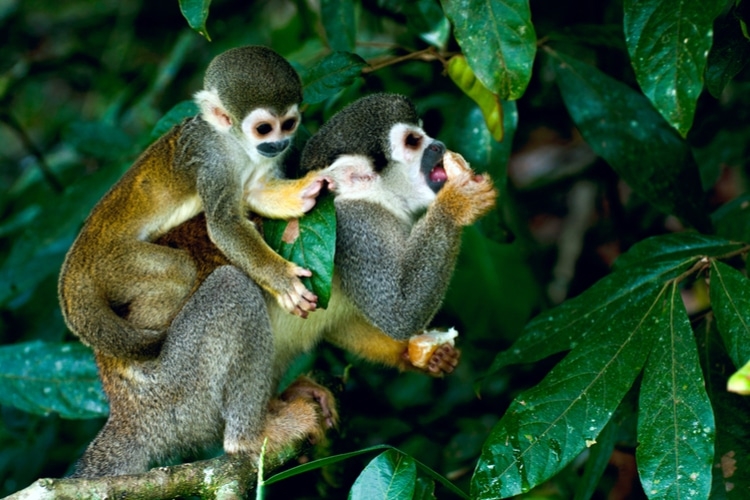 |
| Photo SwedishNomad |
Even though the Amazon rainforest suffer from illegal deforestation as well as legal deforestation, and illegal pet trade, it is still home to more than 40% of the world’s plants and animals. It is incredibly biodiverse, and that’s why it needs to be protected.
It Used to be Connected to Africa
South America, Africa, Australia, and Antarctica, along with the Indian subcontinent and the Arabian peninsula, are all thought to have fit together to form the supercontinent Gondwana some 550 million years ago.
Its breakup 180 million years ago resulted in the formation of the modern-day continents.
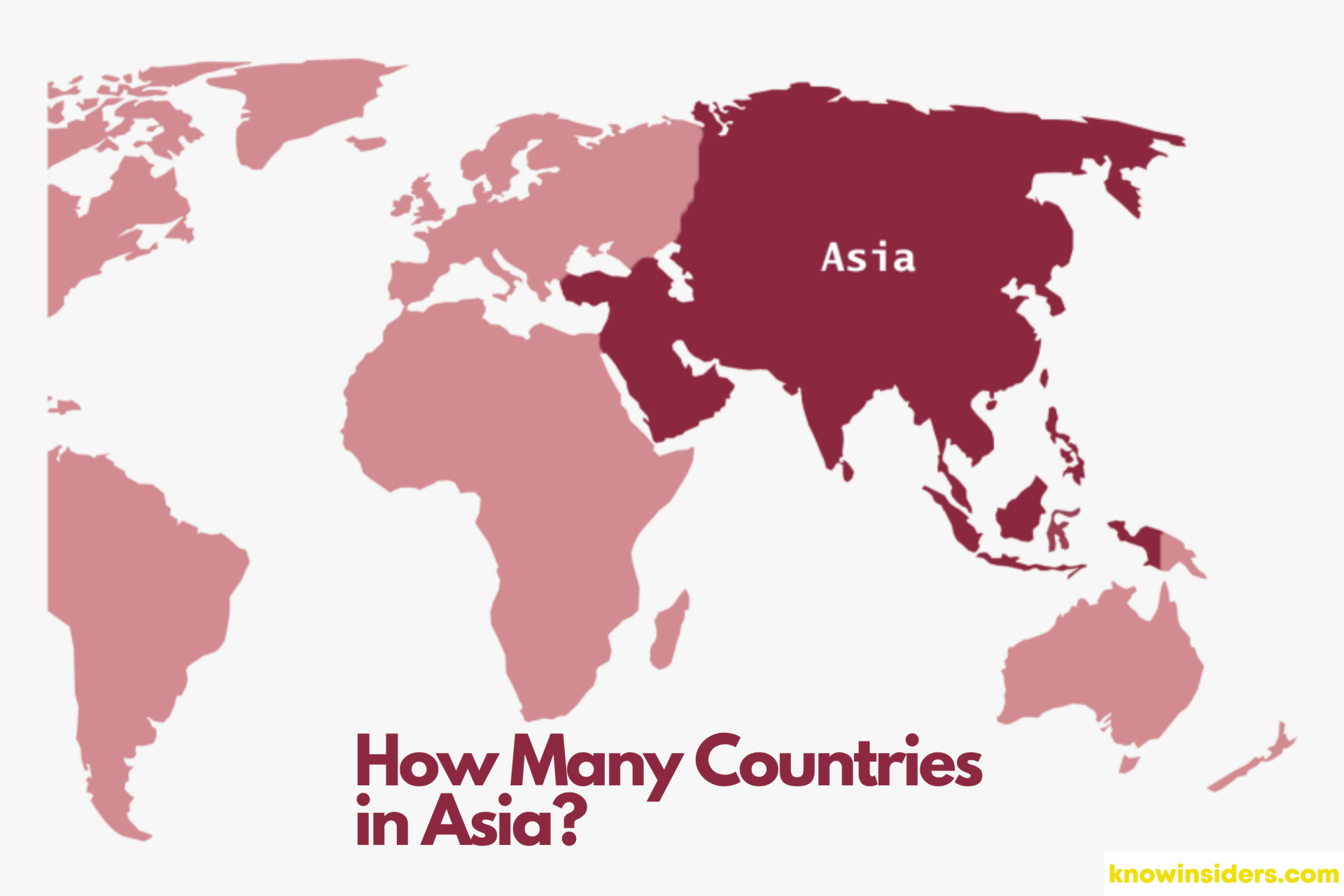 How Many Countries Are There In Asia - Updated List How Many Countries Are There In Asia - Updated List Asia is the largest of the five continents. How many countries in Asia and what is the population of Asia? Find out the answers ... |
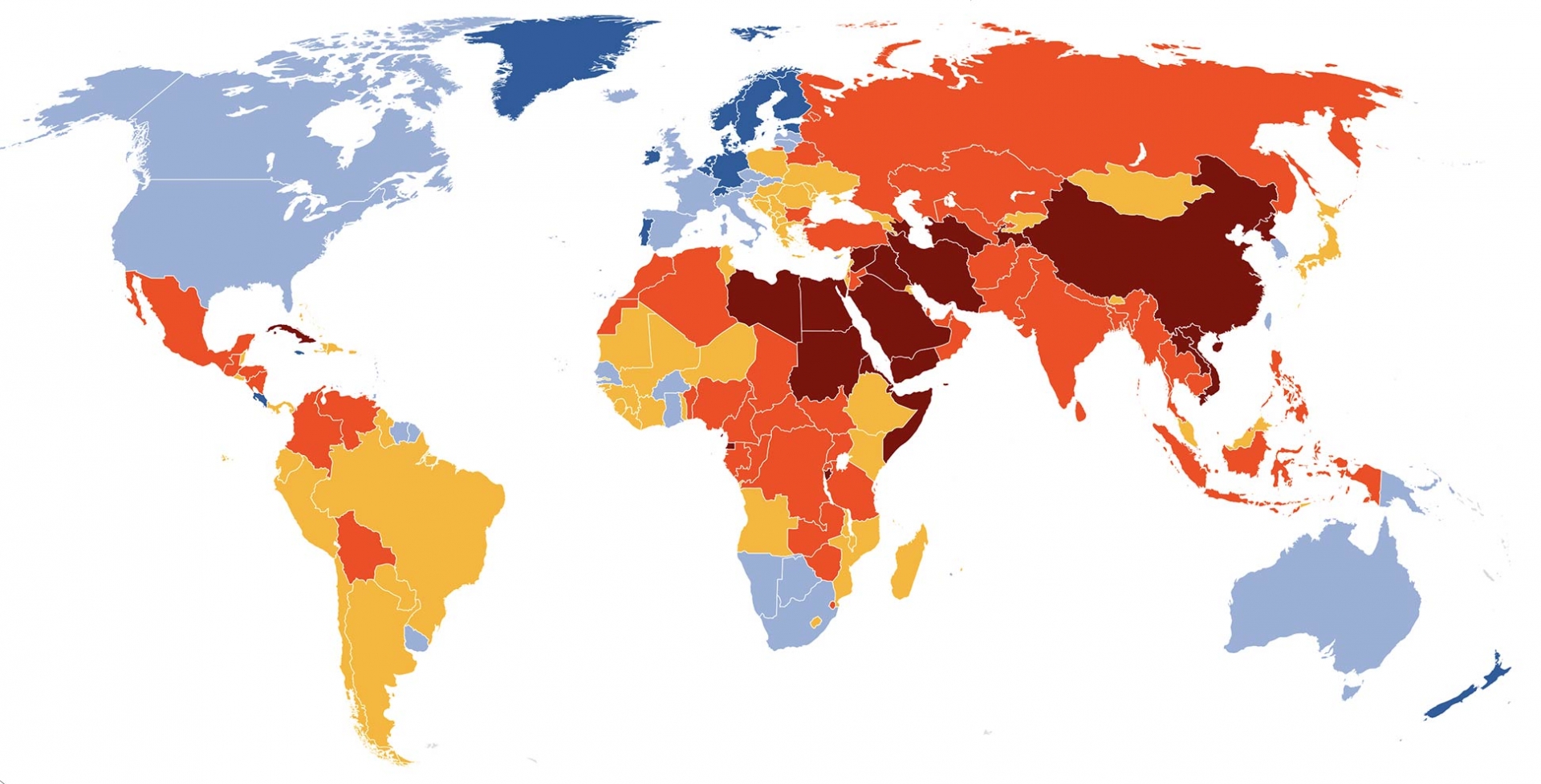 A Full List of Countries and Regions in the World (Updated) A Full List of Countries and Regions in the World (Updated) What is the official name of your country? Which region is it located in? Check out our article to know whether you’ve got the ... |
 How Many Countries Are There In the World (Updated) and What is A Nation How Many Countries Are There In the World (Updated) and What is A Nation How many countries are there in the world? What is a Nation? It’s likely a simple question. But like so many things in geopolitics, ... |
 Top Countries with the Highest Literacy rate in the World Top Countries with the Highest Literacy rate in the World Literacy is the ability to read and write common words found in daily life. Global literacy rates have significantly increased in recent decades. These are ... |


